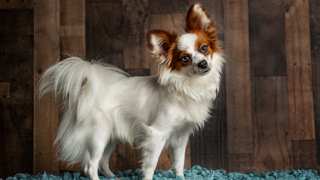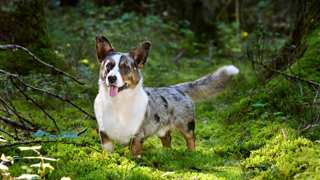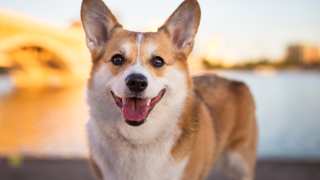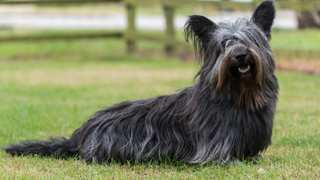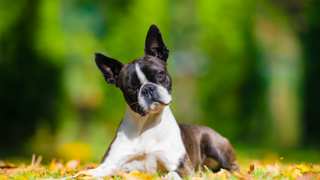Probably as much as any breed, the Dachshund diet is ultra-important to keeping these dogs happy, healthy, and long-living. With its high tendency for obesity, Dachshund owners will need to keep a very close eye on exactly what their dogs eat--and how much of it they consume. For the Dachshund, fat is the enemy!
Dachshund food, like that of all breeds, will need to contain plenty of animal proteins and carbohydrates for energy, vitamins and minerals for digestive and immune health, and omega fatty acids for coat and skin wellness. This means the best Dachshund dog food is premium dry kibble, as it has balanced portions of the above-listed ingredients that will keep breed members healthy in the long term. Two examples are Whole Earth dog food, or Royal Canin; Dachshund dogs will be healthier and live longer if fed these brands.
And though your Dachshund may want to eat the entire bag at once--and may plead with its soulful brown eyes to do so!--it's important to give the dog measured portions. Adult Dachshunds, depending on their age, size, and activity level, will only need 1-1½ cups of premium dry food per day, divided into two meals. Dachshund puppy food portions are a bit less: again depending on age, about ¾ cup per day, divided into three meals (not two) until five months of age. For more info on Dachshund food requirements, see this Dachshund feeding chart:
Dog AgeDog WeightFood TypeAmountFrequency2 Months2 lbsDry (Puppy formula)4-5 pieces3x/day3 Months4 lbsDry6-8 pieces3x/day5 Months8 lbsDry0.25 cups3x/day7-8 Months15 lbsDry* (Puppy/Adult)0.5 cups2x/day10 Months+20 lbsDry (Adult formula)0.75 cups2x/day*--Around this time, transition to adult food by first mixing in a bit of adult formula with the puppy formula. Over the course of a week, with each meal add a little more adult food to the mixture, until the dog is eating it entirely.
Again: measure your Dachshund's meal portions. A "fat wiener dog" is almost a cliche, but that fat weenie dog will have major joint, breathing, and digestive issues, and it surely won't live as long. A few ways to control your Dachshund's weight:
- Establish consistent feeding and exercise schedules. And stick to them!
- NO feeding the dog table scraps! For the Dachshund, treats should be healthy--and rare.
- Don't "free-feed" your Dachshund. In other words, don't leave food in its bowl all the time. Put the Dachshund food bowl down only at mealtimes, then pick it up as soon as the dog is finished.
If you're worried your Dachshund is overweight, give the dog both a visual test--does it look fat?--and a physical one: run a hand along its side, and if you can't feel ribs, it's diet time. Reduce the dog's daily food consumption by one-fourth, and add an extra walk or play period to its daily exercise schedule. It's also recommended that you take your fat Dachshund dog to the vet for further health advice.

